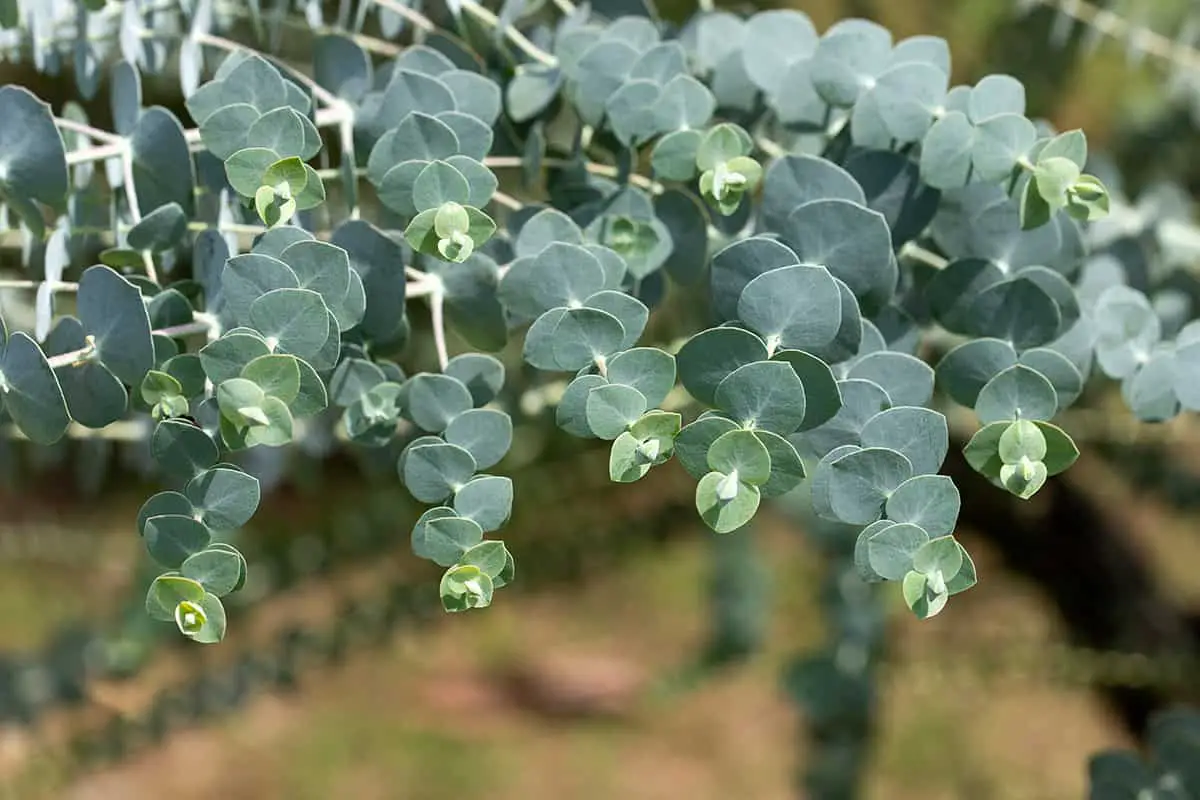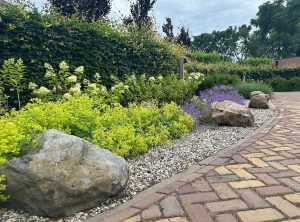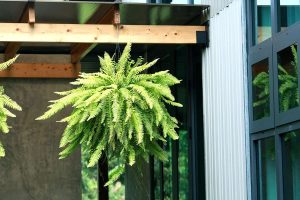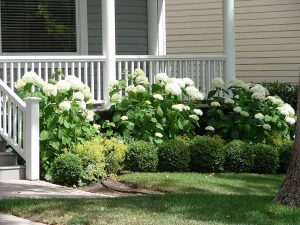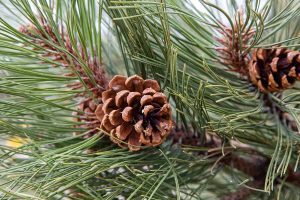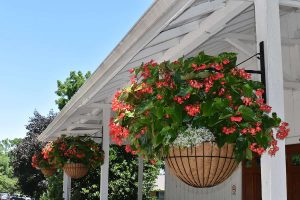You just brought home a eucalyptus plant because you love its refreshing scent and attractive foliage. Now, you’re wondering how to keep it thriving in your home or garden. Caring for a eucalyptus plant is straightforward with the right tips. Find out how to grow and maintain a healthy eucalyptus so it remains a beautiful and fragrant addition to your space.
| Common Name | Eucalyptus |
| Botanical Name | Eucalyptus spp. |
| Family | Myrtaceae |
| History & Origin | Native to Australia |
| Plant Type | Evergreen tree or shrub |
| Mature Size | 30-180 feet tall, varies by species |
| Sun Exposure | Full sun |
| Soil Type | Well-draining, sandy or loamy soil |
| Soil pH | 5.5-6.5 |
| Temperature | 65-75°F, can tolerate some frost |
| Watering | Moderate; drought-tolerant once established |
| Fertilizing | Light, balanced fertilizer annually |
| Bloom Time | Spring to summer |
| Flower Color | White, cream, yellow, pink |
| Hardiness Zone | 8-11 USDA |
| Toxicity | Toxic to pets if ingested |
| Common Problems | Root rot, pests like psyllids, scale insects |
Table of Contents
Light
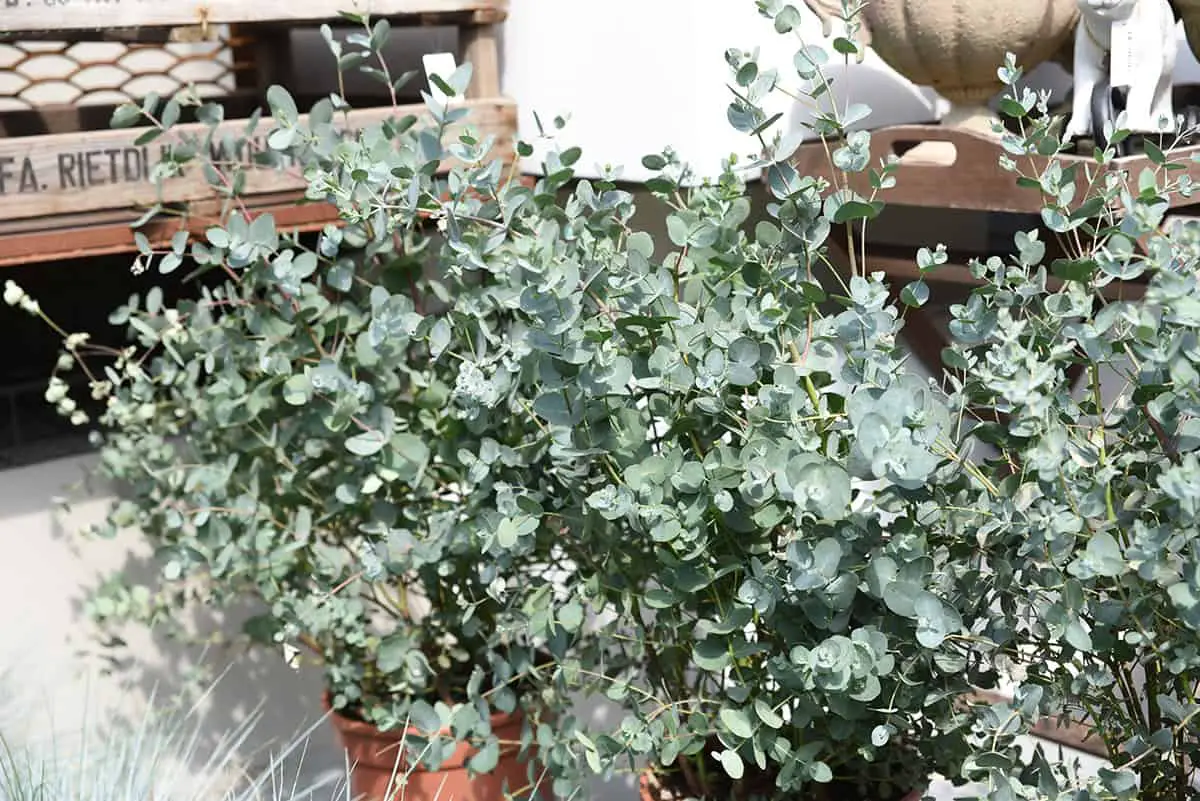
The Eucalyptus plant thrives in full sun. You need to ensure it gets at least six hours of direct sunlight daily. Full sun exposure is crucial for the tree to grow strong and produce its distinctive aromatic leaves.
Inadequate light can lead to sparse foliage and weak growth. If you’re growing Eucalyptus indoors as a houseplant, choose a bright, sunny spot. A south-facing window often works best for maximum light.
When planted outdoors, select a location that is unobstructed by buildings or taller plants. This positioning helps your Eucalyptus receive ample sunlight throughout the day.
Soil
Your eucalyptus prefers soil that offers good drainage. It’s important to avoid soils that retain excessive water, as this can lead to root problems. Ideally, loamy soil suits eucalyptus best.
This plant adapts to many soil types, but it thrives in neutral to slightly acidic pH. If you’re dealing with heavy clay soil, you can still succeed with eucalyptus. Certain types, like the Omeo Gum, are known to tolerate such conditions well.
To test your soil’s suitability, check its texture and drainage capability. You might need to amend the soil with organic matter to improve drainage. Remember, once your eucalyptus is established, it won’t require much water. In fact, it becomes quite drought-tolerant, making it a water-wise choice for your garden.
While planting, ensure the soil is loosely packed around the roots to allow air and water to pass. This practice encourages healthy root growth. Regular checks of soil moisture help you water effectively.
Watering
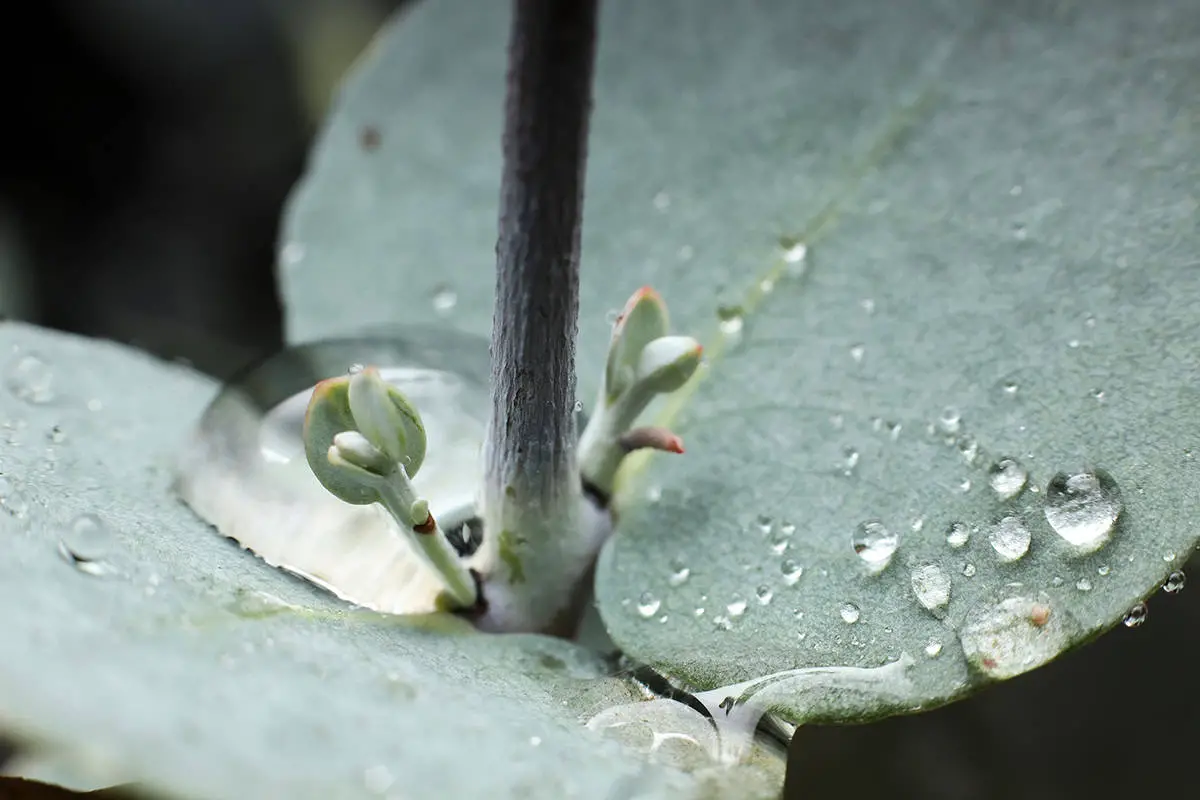
Eucalyptus plants demand well-drained soil and exposure to full sun. When you water, do so deeply, ensuring moisture reaches the deeper root zones. During dry spells, you should water regularly to prevent the soil from drying completely.
For plants in terracotta pots, daily watering is essential due to the material’s breathability. For those in non-porous containers, monitor the soil moisture; these pots retain moisture longer, demanding less frequent watering.
Young Eucalyptus trees, still establishing their root systems, need consistent watering. As they mature, their drought tolerance increases. However, avoid overwatering, as this can lead to root rot and other issues.
In winter, cut back on watering. This is especially true for areas that receive ample rain during this season. Even winter-hardy varieties like the Eucalyptus cinerea and the Eucalyptus gunnii, which can withstand lower temperatures, will need less water as their growth slows.
Temperature and Humidity
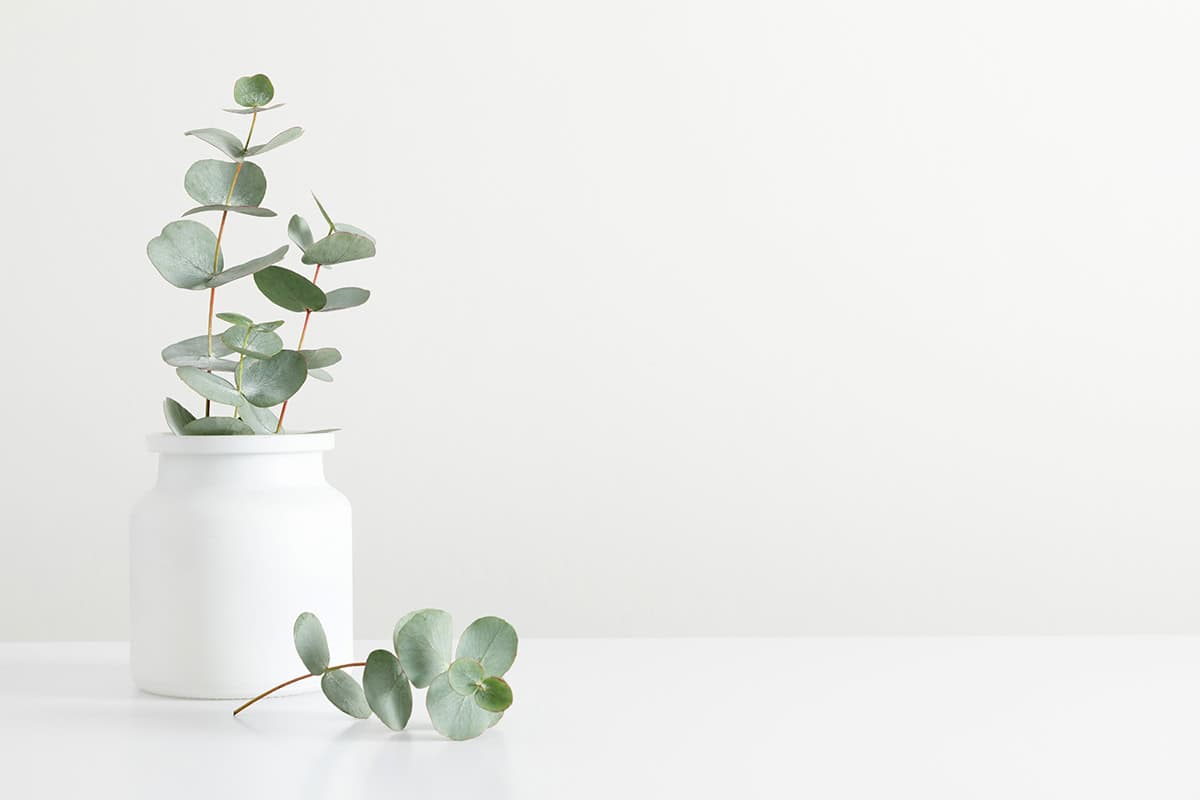
Eucalyptus optimal temperature range during the day is between 70 and 80 degrees Fahrenheit. At night, eucalyptus prefers slightly cooler temperatures, from 60 to 68 degrees Fahrenheit. If you’re growing eucalyptus, maintain the temperature within these ranges for the best results.
Most eucalyptus species tolerate some freeze. Particularly, the Silverdollar Gum and Cider Gum can survive winter days when temperatures drop below 20 degrees Fahrenheit. Ensure to protect your eucalyptus from harsh frost to prevent damage.
Humidity levels are equally important for your eucalyptus plant. They prefer a moderate to high-humidity environment. If the air in your home is dry, consider using a humidifier or misting the leaves regularly to raise humidity levels around the plant.
Note: Always monitor your plant for signs of stress. Brown leaves or a wilted appearance often indicate that the temperature or humidity is not optimal for your eucalyptus.
Fertilizer
A balanced approach works well. Look for an N-P-K ratio that supports healthy growth. This means nitrogen (N), phosphorus (P), and potassium (K) are in balanced quantities.
During the growing season, feed your Eucalyptus regularly. A slow-release fertilizer keeps nutrients flowing steadily. In spring, give a higher nitrogen mix to fuel leaf growth.
Eucalyptus doesn’t require frequent fertilization. Be cautious to prevent overfertilization. Too much can damage your plant. Stick to the product’s instructions for the best outcome.
If your soil is already rich, you may not need much fertilizer. Sometimes, just a yearly application is enough. Always test your soil first to see if additional nutrients are necessary.
For more details on the nutritional needs of Eucalyptus species, explore the North Carolina Extension Gardener Plant Toolbox. It offers specific guidance tailored to Eucalyptus care.
Propagation
Propagation of Eucalyptus plants primarily uses seeds. You can gather seeds in the autumn. Sow these seeds in summer for the best results. Ideally, store the seeds at 40 degrees F for two months before planting. A temperature range of 70-85 degrees F favors the germination, which typically takes 2-4 weeks. Proper care ensures successful germination and growth.
To begin, place your Eucalyptus seeds in a flat container. Cover them with a fine layer of sand. Consistent moisture is key, so water the seeds with a fine spray. The goal is to keep the soil moist without overwatering. This University of Arizona article highlights the necessity for full sunlight for optimal growth.
If you prefer other methods, some Eucalyptus species may tolerate cuttings. For this, remove part of the stem’s exterior to reveal the green layer. This step aids in root formation. Use a rooting hormone to enhance growth and plant the stem in well-draining soil.
Start your Eucalyptus cultivation journey with attention to seed storage, soil moisture, and adequate light. You’ll create favorable conditions for these unique and beneficial plants to thrive in your care.
Pruning
Pruning Eucalyptus is vital for its health and appearance. Start pruning in the tree’s early years. Young trees benefit from pruning to establish a strong structure. Focus on removing any damaged or diseased branches first. This promotes healthy growth and prevents infection from spreading.
Your eucalyptus will need pruning to shape it. Ideal times for pruning are late winter or early spring. Prune before new growth begins. Make sure to use sharp tools for clean cuts. This helps the tree heal quickly.
If your eucalyptus tree is mature, it requires less frequent pruning. Remove dead wood and control its size. Be careful not to over-prune, as this can stress the tree. Plants kept in pots may need more attention. They can become top-heavy or outgrow their space.
Potting and Repotting Eucalyptus
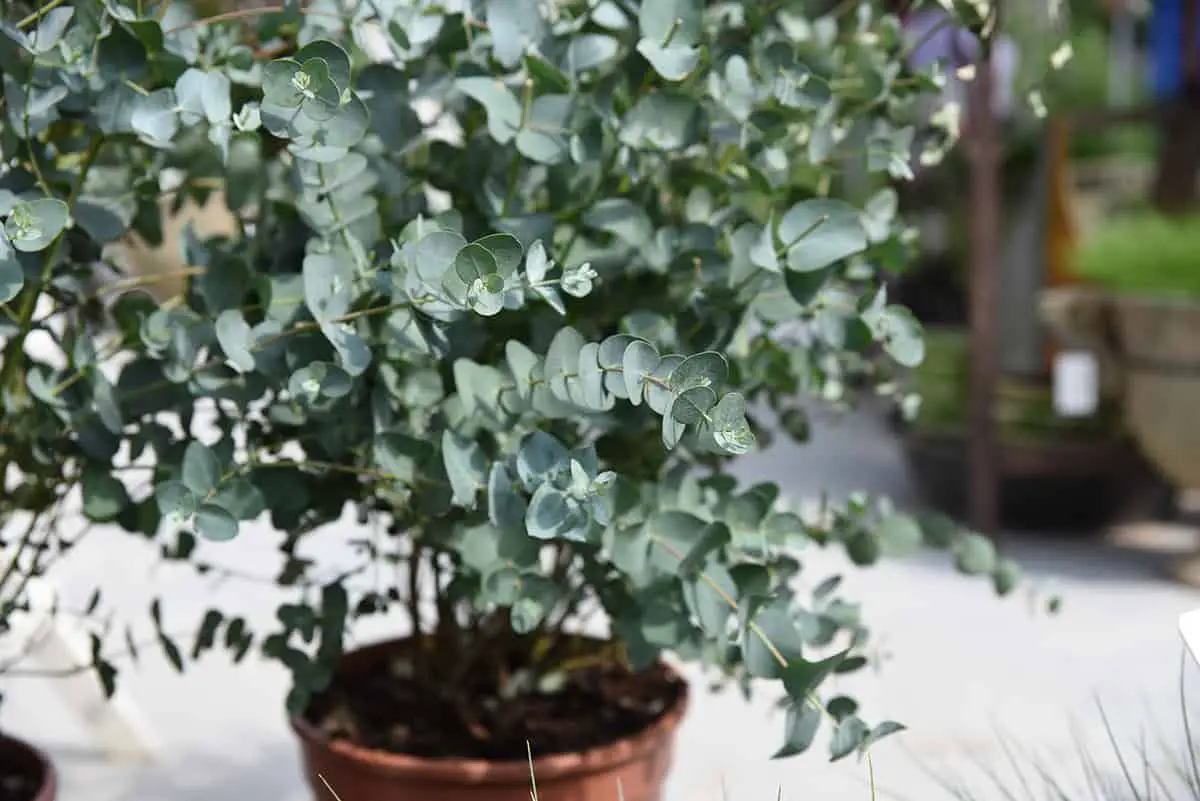
When you first plant eucalyptus, choose a pot with ample room for growth. This allows your eucalyptus to thrive without frequent repotting. The container should have drainage holes to prevent water logging. Use a well-draining potting mix to promote healthy root development.
You’ll know it’s time to repot your eucalyptus when roots peek out from the bottom. Ideally, repotting is done in spring as new growth emerges. Select a new pot that is 2-3 inches larger in diameter than the current one. This ensures that your plant has enough space to grow.
During repotting, gently remove the eucalyptus from its previous container. Be careful not to harm the roots. Replace old soil with fresh potting mix and settle the plant in its new pot. Water your eucalyptus after repotting to help it adjust.
Remember, eucalyptus prefers a snug fit in pots, so don’t choose an overly large container. This can lead to excess soil moisture and root rot. Your eucalyptus will grow best with the right pot size and timely repotting.
Common Problems & Troubleshooting
When growing eucalyptus, you might encounter a few issues. Understand these common problems to keep your eucalyptus healthy. Issues can range from pests to diseases, and even improper care.
Pests: Often, eucalyptus trees face pest challenges. For instance, the eucalyptus longhorn borer can damage your plants. If you notice holes in the bark and sawdust-like frass, take action. Insecticides or good cultural practices can manage these pests. You can find more on pest management at North Carolina Extension Gardener Plant Toolbox.
Diseases: Your eucalyptus may also suffer from diseases such as leaf spot or root rot. These appear as discolored spots on leaves or a decline in plant vigor. Ensure proper drainage and clean up fallen leaves to prevent such diseases.
Water Issues: Overwatering is a common mistake. Eucalyptus prefers drier conditions. If leaves turn yellow or drop, you may be giving too much water. Adjust your watering schedule and ensure well-draining soil to fix this issue.
Eucalyptus Varieties
Eucalyptus trees are diverse, with over 700 species to choose from. These varieties differ in size, shape, and color, ensuring you can find one that suits your gardening needs.
Eucalyptus Globulus (Blue Gum)

Eucalyptus globulus, commonly known as Blue Gum, has a towering presence, often reaching over 150 feet in height. Your landscape gets an impressive vertical element with its fast-growing nature.
Eucalyptus Cinerea (Silver Dollar Gum)
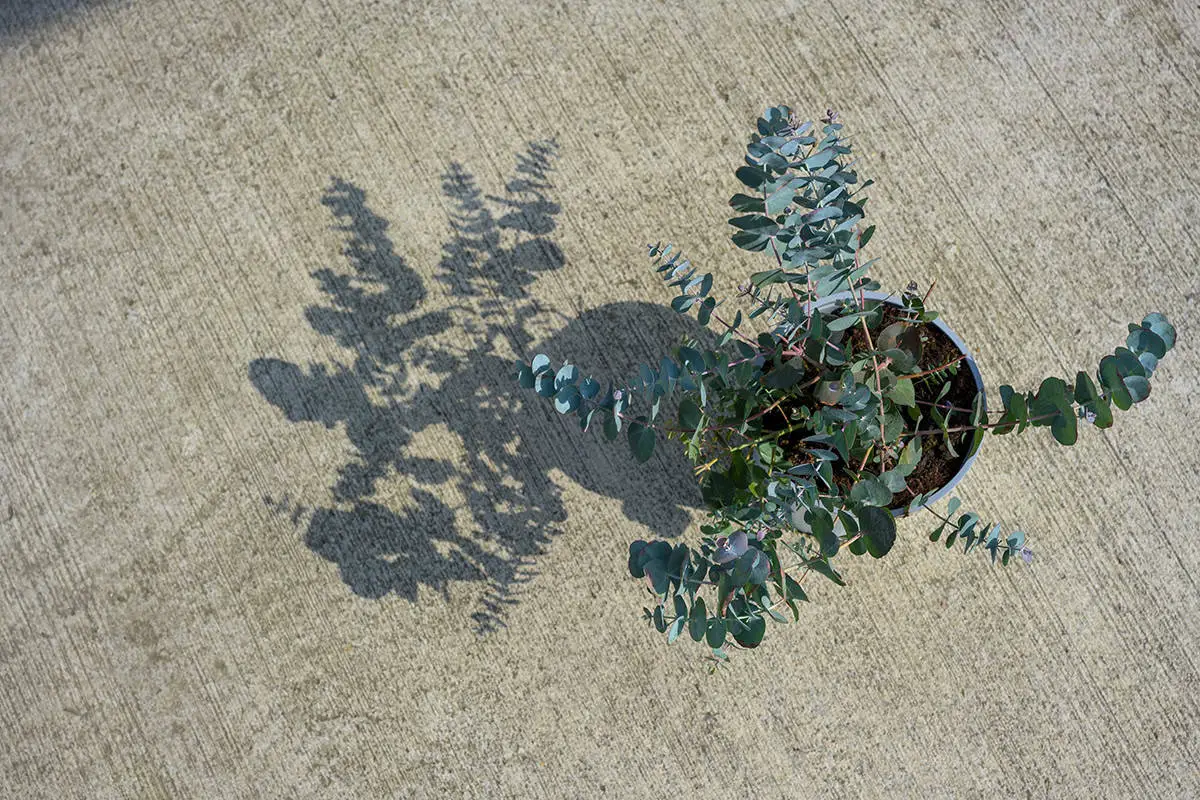
For a touch of silver in your garden, the Eucalyptus cinerea stands out with its round, silvery leaves. This medium-sized tree adds a unique texture to bouquets and is often grown as an ornamental plant.
Eucalyptus Polyanthemos (Red Box)
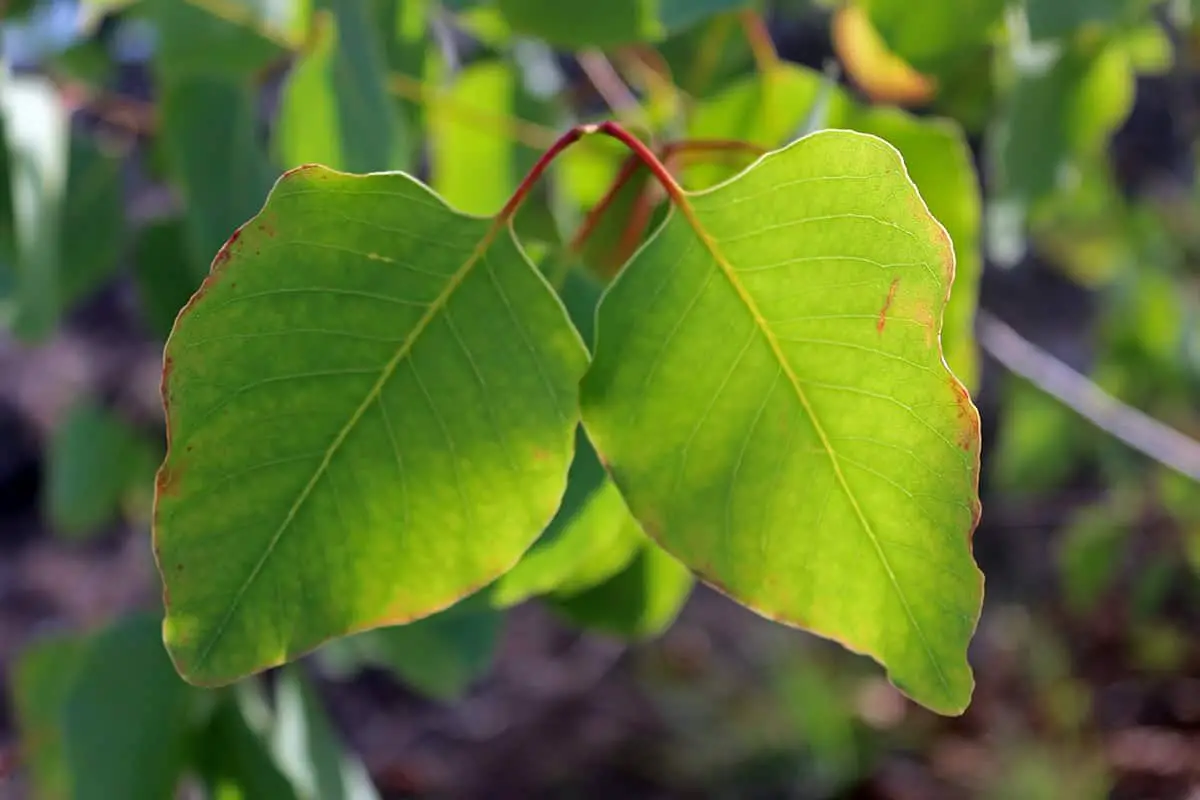
Eucalyptus polyanthemos or Red Box is valued for its rounded, grey-green foliage. It can provide your landscape with dense foliage, growing to a manageable size of around 80 feet tall.
Eucalyptus Deglupta (Rainbow Eucalyptus)
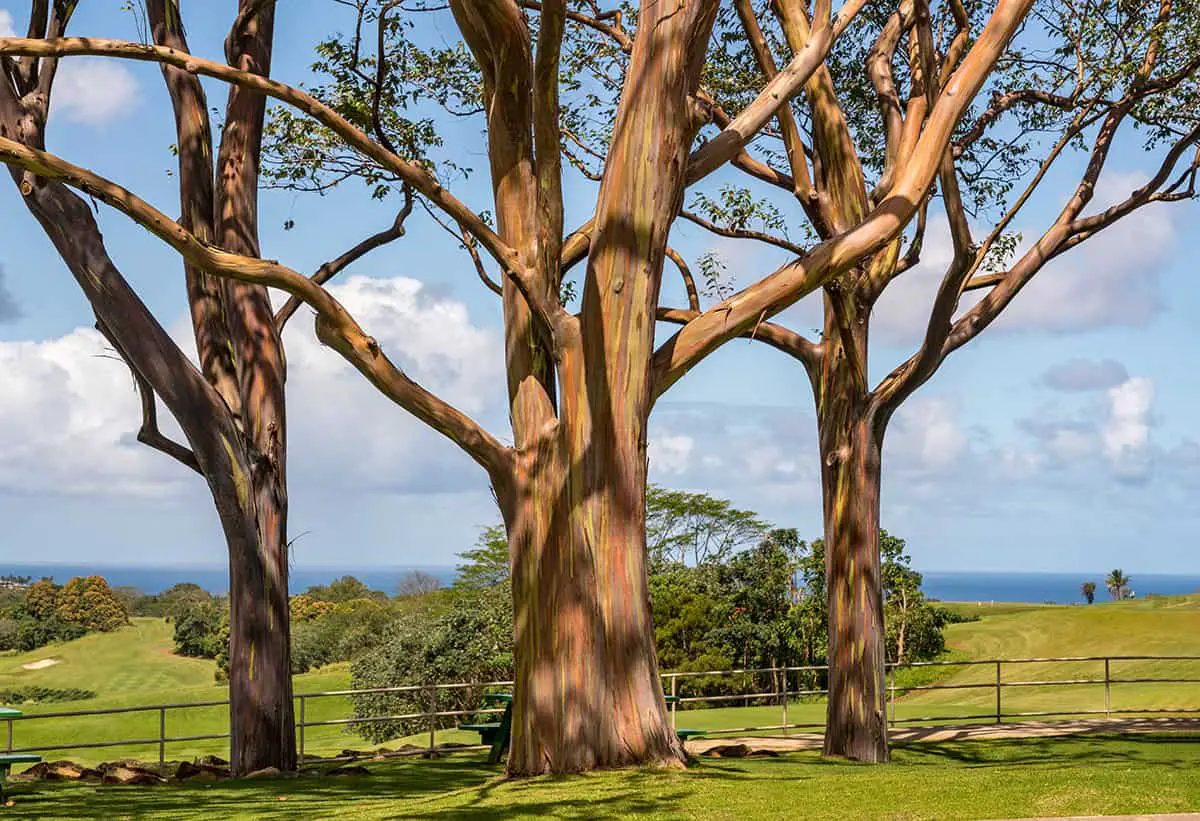
Eucalyptus deglupta displays a multicolored trunk. The peeling bark reveals a spectrum of color that can elevate the visual interest of any space.
Eucalyptus Gunnii (Cider Gum)
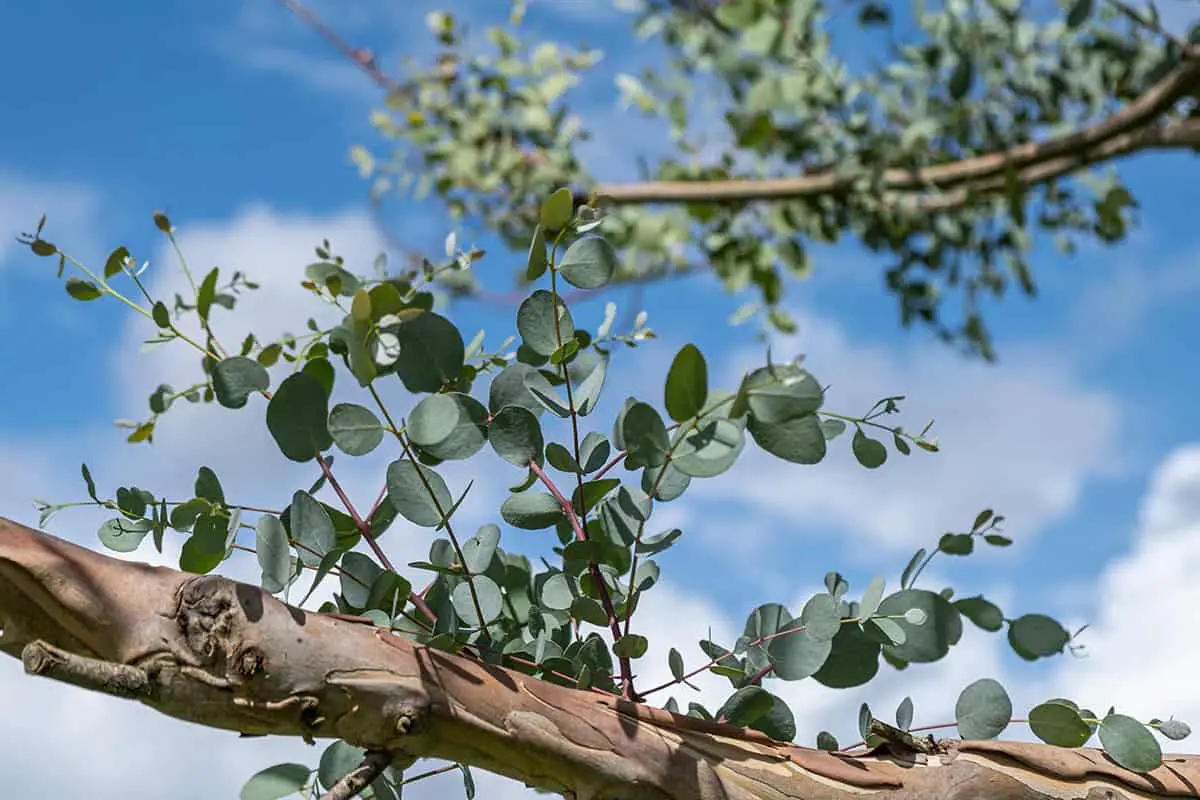
Enjoy year-round foliage with Eucalyptus gunnii, known as Cider Gum. This variety is a robust choice for your garden as it can withstand cooler climates.
Eucalyptus Pulverulenta (Silver-Leaved Mountain Gum)
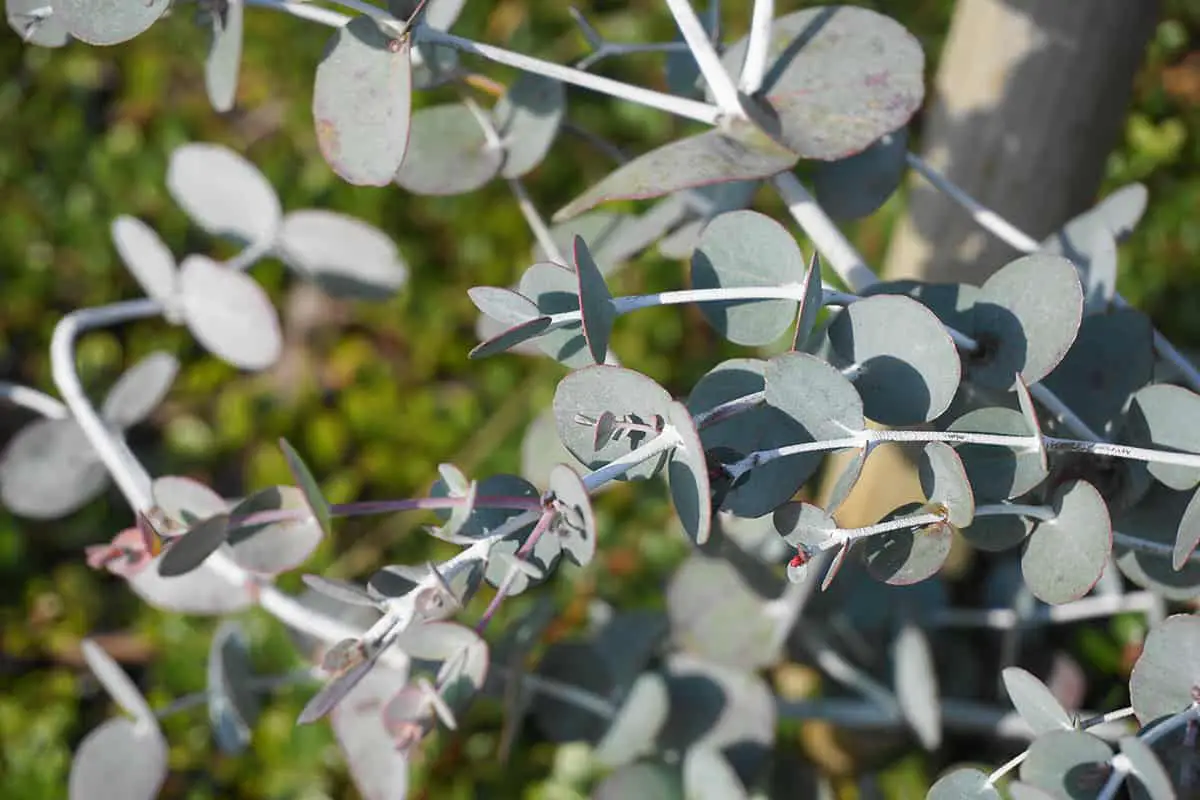
If you’re seeking a smaller eucalyptus, Eucalyptus pulverulenta offers a compact size. Its silvery blue-green leaves are commonly used in floral arrangements.
Eucalyptus Camaldulensis (River Red Gum)
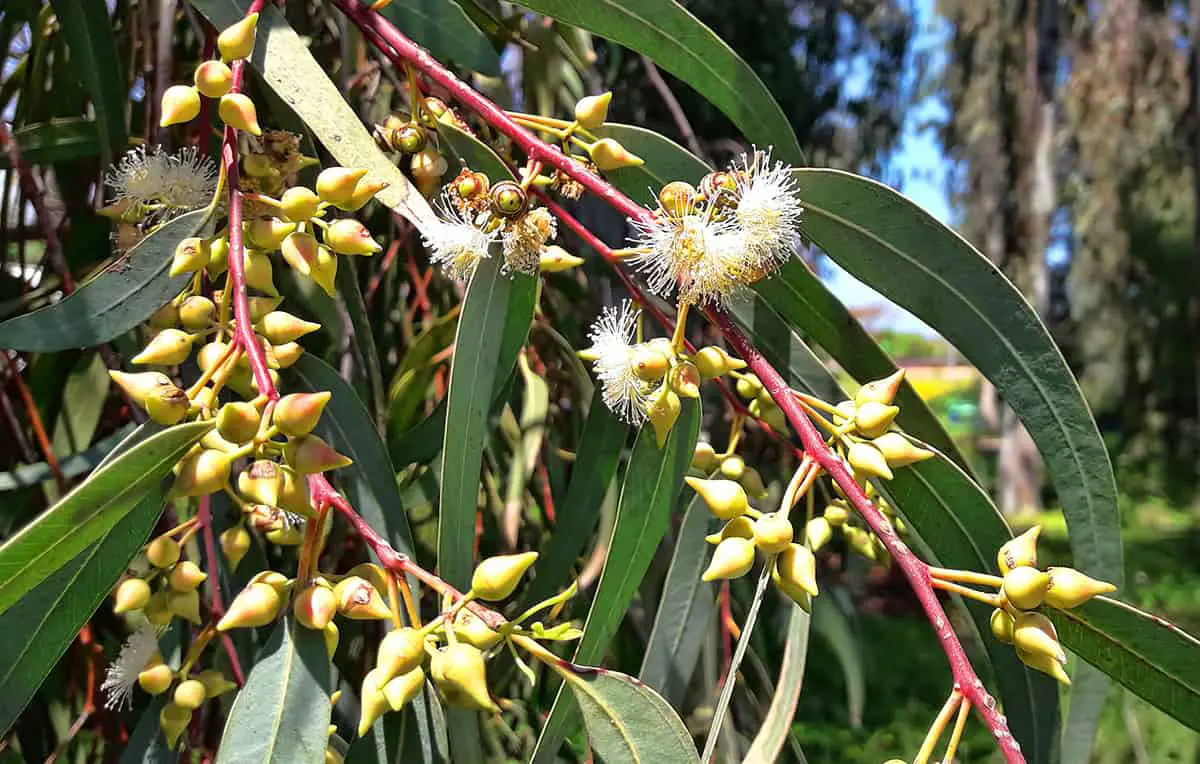
Eucalyptus camaldulensis, also known as River Red Gum, thrives near waterways. Its adaptability to wet conditions makes it a valuable choice for specific landscapes.
